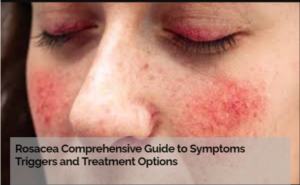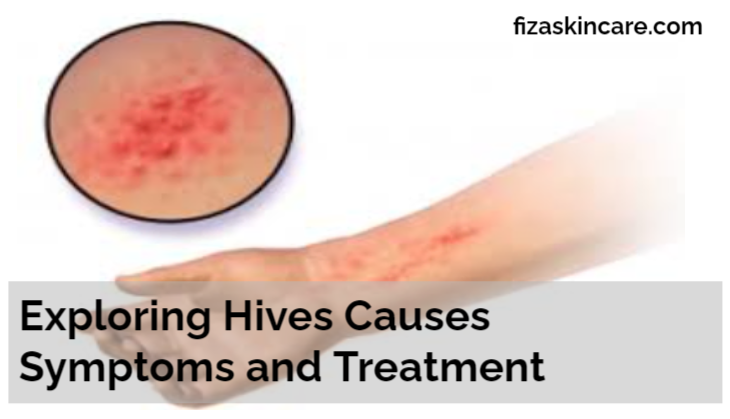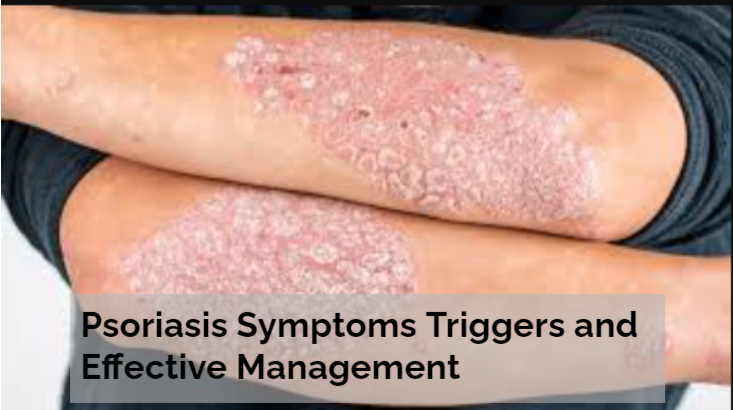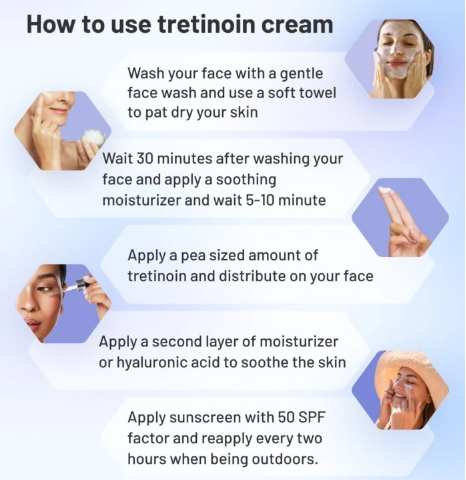Rosacea Treatment is a skin condition affecting millions of people worldwide, characterized by facial redness, visible blood vessels, and sometimes pimples. While it most commonly appears on the face, particularly the cheeks, nose, and forehead, can also affect the eyes(ocular rosacea) and lead to severe skin thickening in some cases(phymatous rosacea).
Types of Rosacea
- Erythemtotelangiecatic Rosacea
- Characterized by persistent facial redness and visible blood vessels.
- Mary includes a burning or stinging sensation.
- Papulopustular Rosacea
- Involvers redness along with acne-like breakout, including papules and pustules
- Commonly affect the center face, such as the cheeks, nose, chin, and forehead
- Phymatous Rosacea
- Leads to skin thickening and irregular surface nodularies, often on the nose (rhinophyma).
- More common in men than women.
- Ocular Rosacea
- It affects the eyes, causing redness, irritation, and swollen eyelids.
- Can lead to more serious eye problems if untreated.
How is Rosacea Treated
Because the signs and symptoms of rosacea vary from patient to patient, treatment must be tailored to each case. Learn more and see a doctor.
When appropriate, lasers, intense pulsed light sources, or other medical and surgical devices may be used to remove visible blood vessels or correct nose disfigurement. Ocular rosacea may be treated with anti-inflammatory medication and other therapy, and recommendations from an eye doctor may be needed. To view photos of treatment results, see Rosacea Treatment photos.
Rosacea Skin Care & Cosmetics
Consistent, gentle skin care and effective use of makeup a visible difference in managing rosacea and improving the look of your skin. The key is to use products and techniques that minimize irritation. One good guide looks for products that are noted as appropriate for sensitive skin or skin with rosacea —- and avoid any products that sting, burn, or cause irritation.
What out for common rosacea irritants.
In surveys, conducted by the National Rosacea Society, many patients cited the following ingredients as triggers for irritation alcohol (66 percent), hazel (30 percent), fragrance(30 percent), menthol (12 percent), peppermint (14 percent) and eucalyptus oil (13 percent). Most respondents said they avoided astringents. Exfoliating agents and other types of products that may be too harsh for sensitive skim.
Choose fragrance-free skincare and makeup products.
According to the American Academy of Dermatology, “fragrances Cause more allergic contact dermatitis than ingredients.”Skin is a vast portal for allergens. And the irritations allergies bring can weaken the skin even more. Using fragrance-free and allergy-tested products reduces your risk. Of skin irritation.Notes that” allergy tested” shouldn’t be confused with “hypoallergenic.” a term that is not clear by the cosmetics industry.
Test a product first.
Before Using a product on your face, try it on a patch of skin in a peripheral area, such as the neck. If you react, avoid the product and note the ingredients. Rosacea irritants may vary from person to person, so your individual skin’s reaction Should be your guide.
Use minimal products.
Rosacea patient should also consider reducing the number of items they use on their skin by choosing products with multiple functions.
Treatment
If your symptoms don’t improve with the self-care tips below, talk with a member of your healthcare team about a prescription gel or cream. This kind of medicine may help ease symptoms. For more serious rosacea, you might need prescription pills. Laser treatment may reduce flushing and enlarged blood vessels in the face.
What are the complications of rosacea?
Rhinophyma – the skin of the nose becomes severely reddened swollen and pulpy. The enlargement of the sebaceous glands causes this. Some men are prone to the compilation. Conjunctivitis is information (membrane of the eye).
When to see a doctor
If you have ongoing symptoms of the face or eyes, see a healthcare professional for a diagnosis and treatment. Skin specialists are also called dermatologists.
Symptoms of rosacea
Symptoms often begin with an episode of flushing, where the skin turns red for a short period, but other symptoms can develop as the condition progresses, such as:
- Burning and stinging sensation
- Permanent redness
- Spots (papules and pustules)
- Small blood vessels in the skin become visible
Rosacea is a relapsing condition, which means there are periods when symptoms are terrible, but less severe at others.
Does rosacea get worse with age
Rosacea is a common, inflammatory skin condition that can worsen as a person ages. Rosacea causes redness or discoloration of the skin and a rash, often around the cheeks or nose. In some cases, it can cause, eye issues. Treatment cannot cure rosacea, but it may help alleviate some symptoms.
How Can I prevent rosacea
Since the cause of rosacea is unknown, you cannot prevent the condition. However, you can reduce your risk of having a rosacea flare-up by identifying and avoiding things in your environment that trigger your symptoms.
Always use caution when going outdoors and exposing your skin to the sun’s UV rays. Sunlight can trigger symptoms of rosacea and sun damage can make it difficult for your skin to heal after a flare. Wear sunscreen daily and reapply sunscreen often throughout the day. You can also wear UV-protective clothing and accessories to protect your skin from the sunlight.
Overview of Rosacea
Rosacea is a long-term inflammatory skin condition that causes reddened skin and a rash, usually on the nose and cheeks. It may also cause eye problems. The symptoms typically come and go, with many people reporting that certain factors, such as spending time in the sun or experiencing emotional stress, bring them on.
There is no cure for rosacea, but treatment can keep it under control. The treatment choice will depend on the symptoms and usually includes a combination of self-care measures and medication.
Causes of Rosacea
Scientists do not know what causes rosacea, but there are several theories. They know that inflammation contributes to some of the key symptoms, such as skin redness and rash, but they do not fully understand why inflammation occurs. It may in part be due to the increased skin sensitivity in people with rosacea, to environmental factors, such as ultraviolet (UV) light, and to microbes that inhabit the skin. Both genetic and environmental (nongenetic) factors likely play a role in the development of rosacea.
Managing Rosacea Long-term
Managing rosacea is a combination of medical treatment and lifestyle adjustment. Dermatologists recommend regular follow-ups to monitor the condition and adjust treatments as necessary. Patients should also be mindful of the following:
- Stay Hydrated: Drink plenty of water to keep your skin Hydrated.
- Manage Stress: High-stress levels can exacerbate rosacea symptoms. Techniques like yoga, meditation, or regular exercise may help.
- Consistent Skincare Routine: stick to a gentle skincare regimen and avoid scrubbing your face, as this can irritate the skin.
Conclusion
Rosacea is a chronic but manageable condition. Early intervention and adopting a consistent skincare routine, coupled with medical treatment, can significantly reduce the severity of symptoms. If you suspect you suspect you have rosacea, consult with a dermatologist for a treatment plan tailored to your needs.
Keywords:
- Rosacea treatment
- Rosacea causes
- Rosacea symptoms
- Manage rosacea
- Skincare for rosacea
- Rosacea triggers
Understanding your triggers and exploring the right treatment allows you to control flare-ups and maintain healthy, clear skin.
Rosacea and Diet: What You Need to Know
Certain foods and beverages may trigger rosacea flare-ups. Here are common culprits to be mindful of:
- Spicy Foods: Chili peppers, hot sauces, and spicy curries exacerbate symptoms.
- Alcohol: particularly red wine, which dilates blood vessels, can worsen facial redness.
- Hot Beverages: Coffee, tea, and hot chocolate may increase facial flushing due to their temperature.
- Dairy products: Some people report flare-ups after consuming dairy, which varies by individual.
Keeping a food diary can help identify specific dietary and avoid unnecessary flare-ups.




